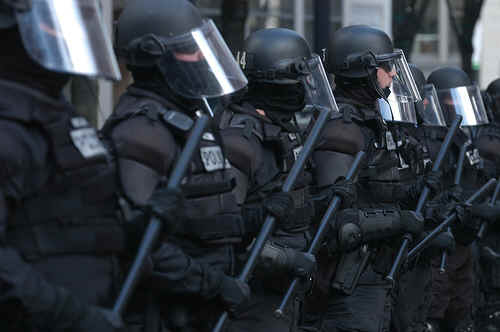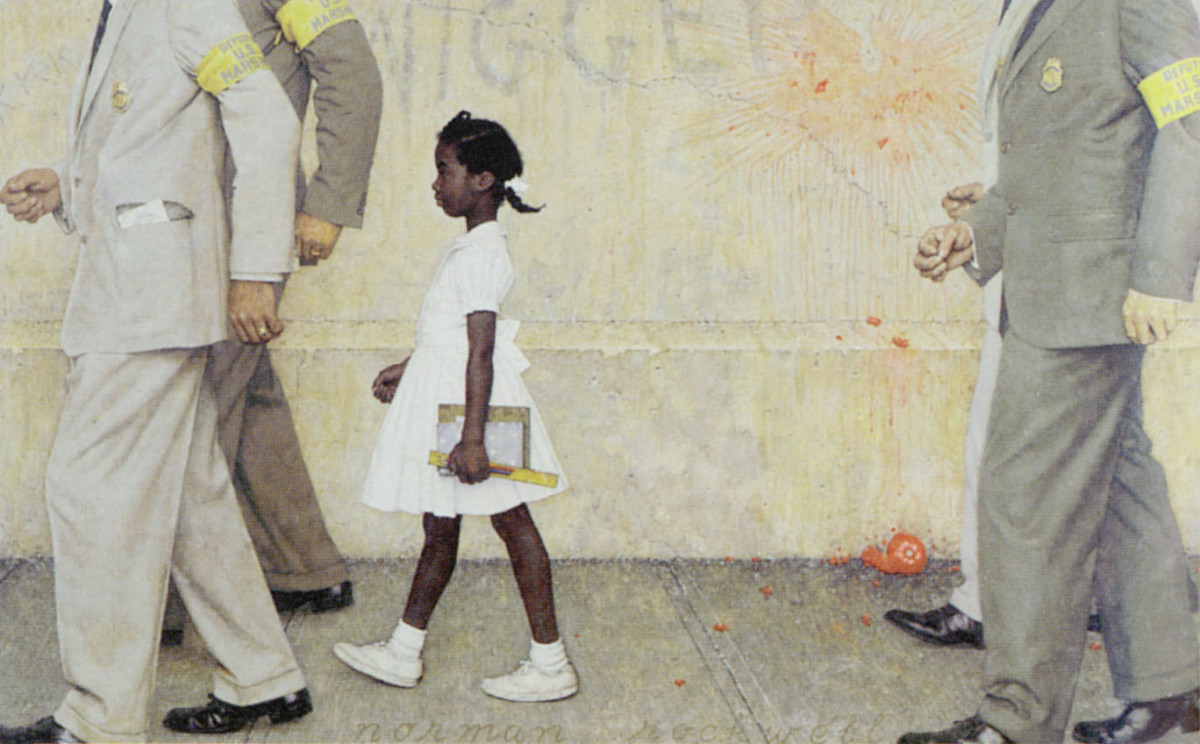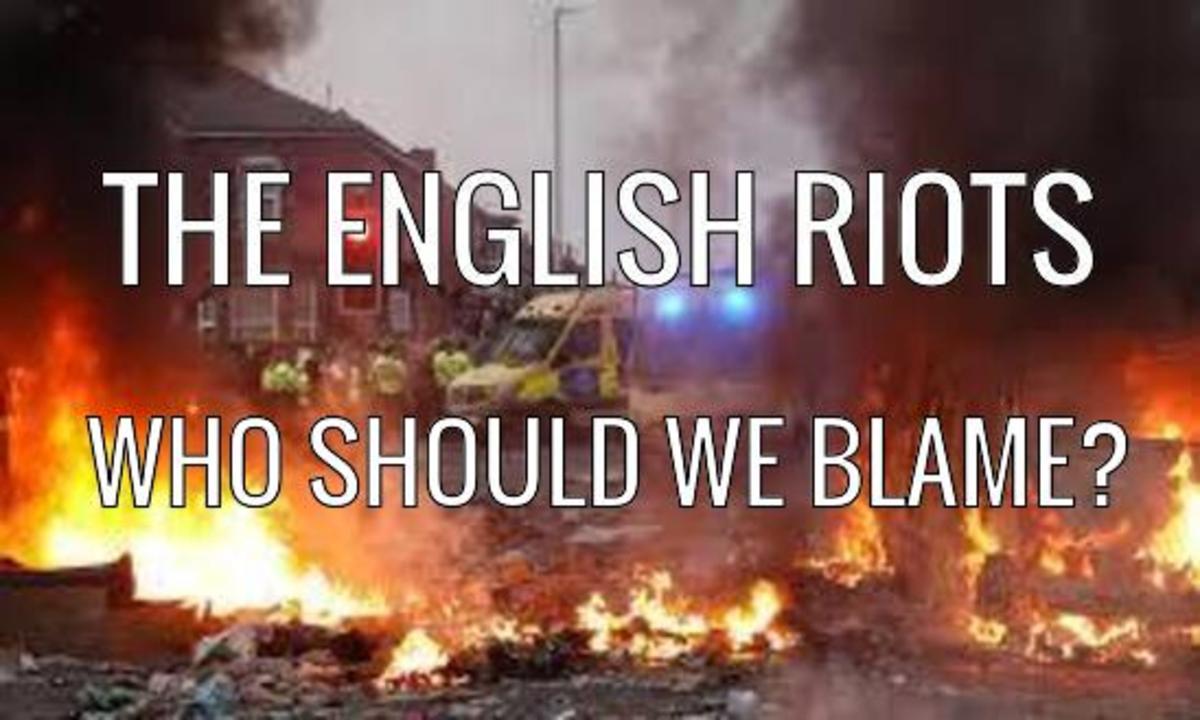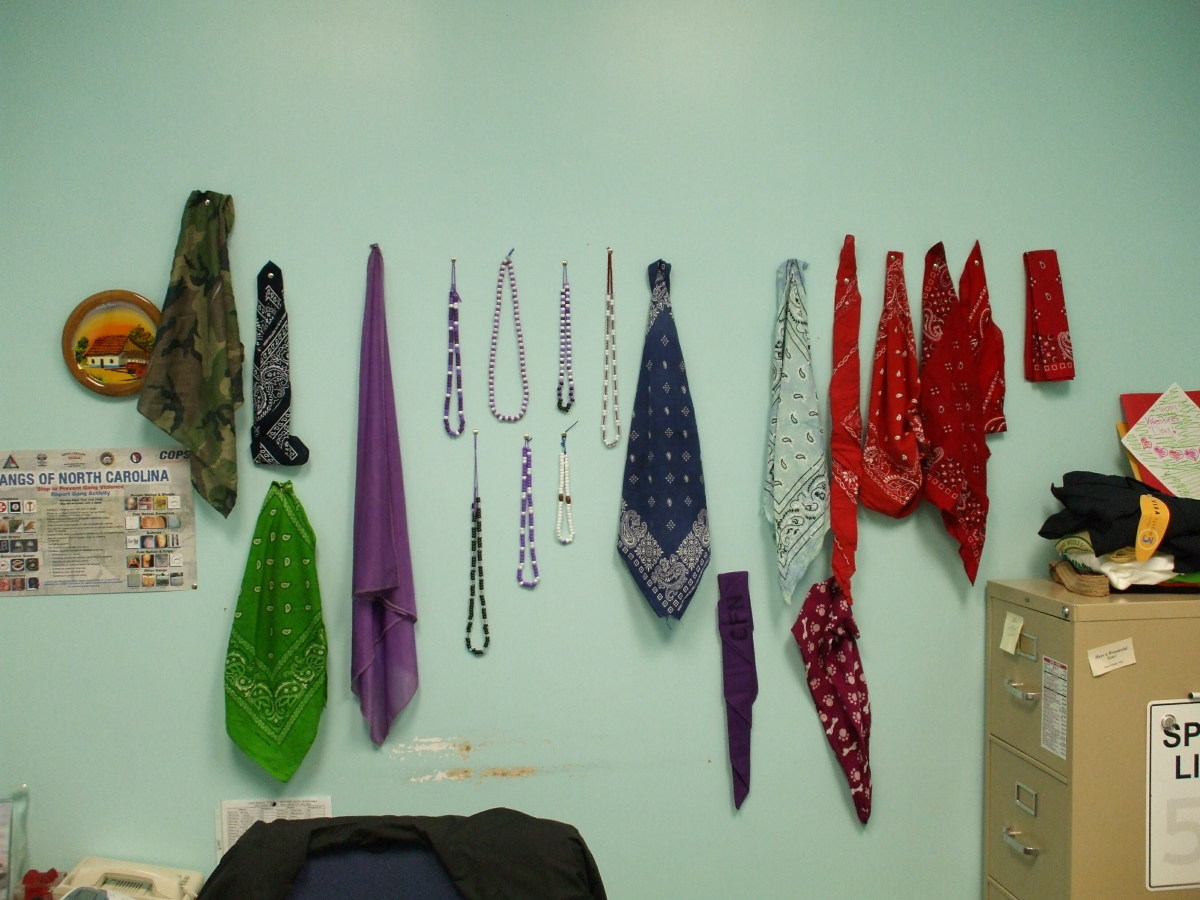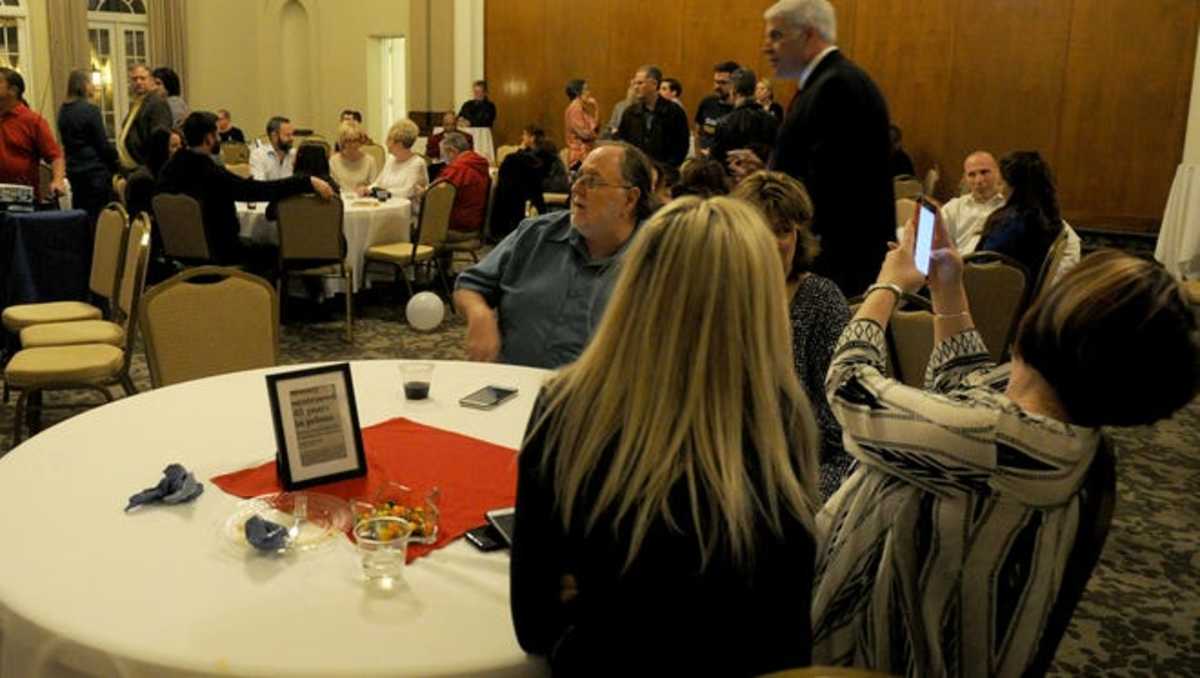Riot Control: Who’s to Blame when Hooligans Set Buildings Alight?
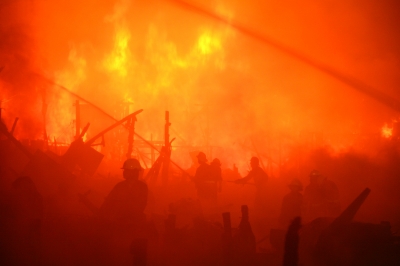
A couple of articles about the recent riots in London made me remember a few disastrous riots in my country during which not only buildings had been set alight, but also people. Though this hub is not about those shocking incidents; I merely, once again, became aware of the police and the unpleasant duties they have to perform during riots.
I know the actions of the police are not always indisputably correct; their policies regarding riot control constantly have to be revised in accordance with the development of civilization. Therefore criticizing them whenever necessary is important and even essential. However, empathizing with them in their position as protectors of people and their property, cynicism sometimes overwhelms me.
Accusing the police of ‘losing control’ subsequently to riots is as common as accusing referees after sport matches of favoritism. Apparently blame for happenings that is too overwhelming for instant acceptance must always be pinned to somebody or something and the reason for this could only be to break reality down to a digestible size. Events in societies are proverbial storms – some are merely whirlwinds, while others are hurricanes.
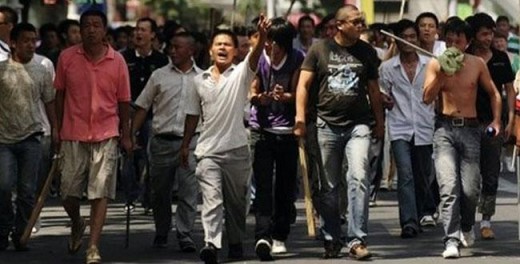
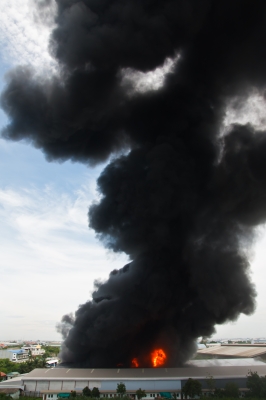
The Rioting Crowd
When we analyze a public act of violence by a group of frustrated and angry people, we accept their bad behavior as ‘normal’. We know they are supposed to demonstrate their grievances in a legal way, for in a democratic system all people have the right to demonstrate resentment, bitter feelings and their total fed-upness with certain conditions that prevent them from being happy and contented.
To do this, people merely have to follow the legal procedures; they’ve got to get permission from the appropriate authority and abide by the rules set for public protests. These rules determine inter alia that no dangerous weapons may be carried by the participators of the riot, and that marshals have to be appointed. These marshals, who are not members of the police force, but of the rioting group, are the link between the police and the crowd. Their responsibility is to limit the actions of the participators in accordance with the rules, and to dismiss participators who overstep the rules. So when a riot gets out of control, these marshals should be the first to be blamed.
We know the majority members of the crowd don’t have a clue what the riot is all about; they are either victims of intimidation or victims of their own human need for adventure and/or revenge. We know that the intelligence quotient of the crowd equals that of the person with the lowest IQ in the crowd. Those who do have the power to change the primary cause of protest are normally not part of the crowd.
Somehow, we always expect chaos and anarchy during riots. We expect the worse: Extensive damages to properties, commotions and accidents, including severe and even fatal injuries to people. And instead of blaming the marshals of the crowd, the instigators or the participators, we will blame the police.
We fear the yielding of the crowd’s opponent, for we know money is always involved in the demands of the crowd, and the money of any institution will sooner or later, in one way or another, be collected from us.
The price of the institution’s services/products will evidently rise and staff – perhaps some of our own relatives and friends - may be retrenched and those who are not, will be burdened with more tasks and responsibilities.
Observing a riot, we see two opponents: An angry crowd (a bull), and a strong institution (a toreador). The police, not as a refugee, but as protector of people and property – are simply a shield between us and the bull versus toreador.
And woe that shield when the bull destroy a property or kill a person.
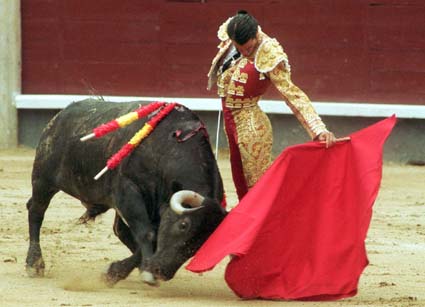
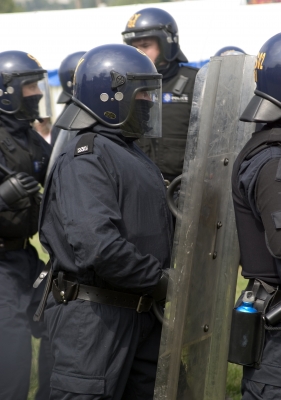
The Riot Unit
A very close and dear relative of mine is a member of a riot control unit. Watching him being a living shield, a living fence between a raving crowd and the rest of the population, gives me a total different perception of riots. Among other things he is, when leaving home to perform his duties, weighted with a bullet-proof vest of 33 pounds. He has to wear a helmet and face-cover to protect him from hurled objects such as bottles and bricks. His gun is in a special holster, to prevent the snatching of it by an arrogant rioter. This evidently increases the time he needs to draw his gun in a life-threatening situation.
Many of the non-lethal weapons that were used in the past, such as rubber bullets, are no longer used by the police during riot controls. In fact all weapons that may cause severe physical injuries were disposed of. From behind their riot shields police officers merely intimidate the crowd, using the minimum force to control it. They identify reckless bellwethers and give the marshals the opportunity to prevent crimes that could be committed. When some hooligans set property alight, they will be arrested by officers from another unit and the fire will be fight by the fire brigade. The attention of the riot unit stays on the crowd. Once the crowd is diffused, the members of the riot unit may render assistance in the tracing and arresting of rioters and spectators who had committed crimes like theft, arson, assault and murder. Arrests during riots are normally restrained as it incite more violence.
As onlookers who don’t know the measures used by police and other security forces to control rioting crowds, we may get the idea that the police are doing ‘nothing’ and therefore they are to blame for all the wrong and evil and injurious.
We may even say the police handle rioters with kid gloves, but when we see the crowd as a bull wounded by a toreador, we will certainly evaluate the situation in a different way.
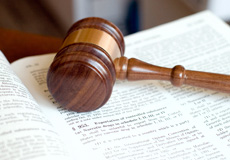
In Conclusion
The responsibility of the police is –
- To prevent, combat and investigate crime;
- To maintain public order;
- To protect and secure the inhabitants of their country and their property;
- To uphold and enforce the law;
- To create a safe and secure environment for ALL people;
- To prevent and investigate anything that may threaten the safety or security of ANY community;
- To ensure criminals are brought to justice and to participate in efforts to address the causes of crime.
Whoever ‘calculate’ that they will not be arrested and punished after they had commit a crime during a riot, is in for a big surprise. The long arm of the law will, for sure, get hold of them, and they will be punished in accordance with their offence. Thanks to modern technology it doesn't take the police very long to find and arrest people who had committed crimes during riots. Theft, arson, assault, name-the-crime, never lose their illegal status.
Police officers working in the zone between good and bad citizens, remind me of an insufficient barrier between good and evil, for the latter will always find a way to get over it. The least the good can do, is to support it.
© Martie Coetser (September 2011)
This hub is a tribute to all police officers serving their countries in Riot Control Units.
